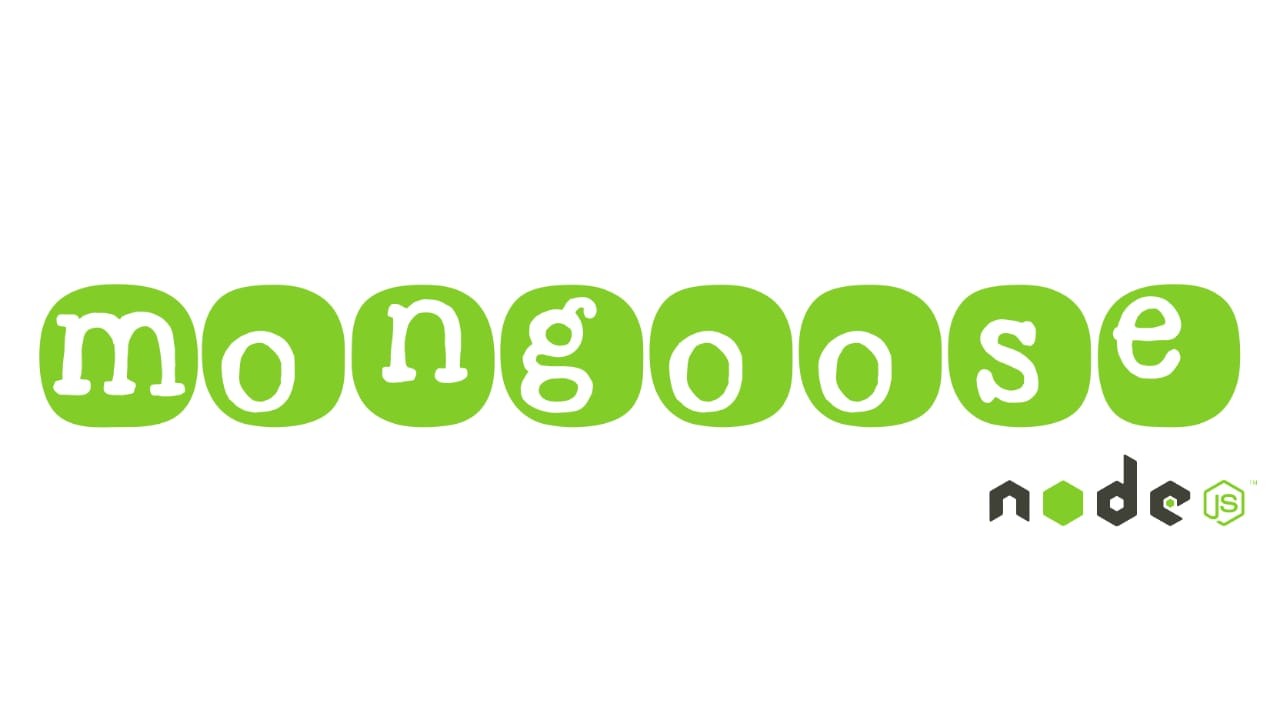Simplify Your MongoDB Workflow with : Mongoose NPM
 Rohan Shrivastava
Rohan Shrivastava
In the world of web development, databases are crucial for storing and managing data.
When working with MongoDB, a popular NoSQL database, Mongoose is a powerful tool that simplifies the process.
In this blog, we’ll explore what Mongoose NPM is, its importance, benefits, uses, advantages, and disadvantages.
Whether you’re a beginner or an experienced developer, this guide will help you understand why Mongoose is a valuable asset in your development toolkit.
What is Mongoose NPM?
Mongoose is an Object Data Modeling (ODM) library for MongoDB and Node.js.
It provides a straightforward, schema-based solution to model your application data.
Mongoose includes built-in type casting, validation, query building, business logic hooks, and more.
Importance of Mongoose
Mongoose is essential because it bridges the gap between the flexibility of MongoDB and the structure needed in your application.
MongoDB stores data in a flexible, JSON-like format, which is great for handling dynamic and unstructured data.
However, this flexibility can sometimes lead to inconsistent data.
Mongoose helps enforce a schema, ensuring that your data is consistent and reliable.
Benefits of Using Mongoose
1. Schema Definition
Structured Data: Mongoose allows you to define schemas for your data, providing a structure that ensures consistency.
Type Casting: Automatically casts data to the correct type as defined in the schema.
2. Validation
Built-in Validators: Mongoose provides built-in validators to enforce data integrity.
Custom Validators: You can also define custom validation logic.
3. Middleware
- Pre and Post Hooks: Execute custom logic before or after certain operations, such as saving or finding documents.
4. Query Building
Chainable Queries: Build complex queries using a fluent API.
Query Helpers: Add custom methods to your queries.
5. Relationships
Referencing: Easily manage relationships between different collections.
Population: Populate references with actual document data, simplifying the process of managing related data.
Uses of Mongoose
1. Web Applications
Data Modeling: Define and enforce data models for web applications.
User Management: Handle user data, authentication, and authorization.
2. APIs
CRUD Operations: Simplify the creation of Create, Read, Update, and Delete operations.
Data Validation: Ensure API requests contain valid data.
3. Real-time Applications
Data Consistency: Maintain consistent data in real-time applications like chat apps or collaboration tools.
Efficient Queries: Use Mongoose’s efficient query capabilities to handle real-time data needs.
Advantages of Mongoose
1. Simplified Data Management
Schema Enforcement: Ensures data adheres to a defined structure.
Ease of Use: Simple API that’s easy to learn and use.
2. Powerful Query Capabilities
Complex Queries: Easily build complex queries using a chainable API.
Custom Methods: Add custom methods to enhance query functionality.
3. Middleware Support
- Hooks: Use pre and post hooks to execute custom logic during the lifecycle of a document.
4. Community and Support
Active Community: A large and active community provides extensive support and plugins.
Documentation: Comprehensive documentation to help you get started and solve problems.
Disadvantages of Mongoose
1. Learning Curve
Initial Complexity: May have a steeper learning curve for beginners.
Advanced Features: Some advanced features can be complex to implement.
2. Performance Overhead
Abstraction Layer: Adds an abstraction layer over MongoDB, which can introduce some performance overhead.
Not Suitable for All Use Cases: May not be the best choice for simple applications or those requiring maximum performance.
Conclusion
Mongoose NPM is a powerful tool that brings structure and reliability to your MongoDB projects.
Its schema-based modeling, validation, middleware, and robust querying capabilities make it an invaluable asset for developers.
While it does have a learning curve and some performance considerations, the benefits often outweigh the drawbacks, especially for complex applications.
Whether you’re building web applications, APIs, or real-time systems, Mongoose can help you manage your data efficiently and effectively.
Subscribe to my newsletter
Read articles from Rohan Shrivastava directly inside your inbox. Subscribe to the newsletter, and don't miss out.
Written by

Rohan Shrivastava
Rohan Shrivastava
Hi, I'm Rohan, a B.Tech graduate in Computer Science (Batch 2022) with expertise in web development (HTML, CSS, JavaScript, Bootstrap, PHP, XAMPP). My journey expanded with certifications and intensive training at Infosys, covering DBMS, Java, SQL, Ansible, and networking. I've successfully delivered projects, including a dynamic e-commerce site and an Inventory Management System using Java. My proactive approach is reflected in certifications and contributions to open-source projects on GitHub. Recognized for excellence at Infosys, I bring a blend of technical proficiency and adaptability. Eager to leverage my skills and contribute to innovative projects, I'm excited about exploring new opportunities for hands-on experiences. Let's connect and explore how my skills align with your organization's goals.